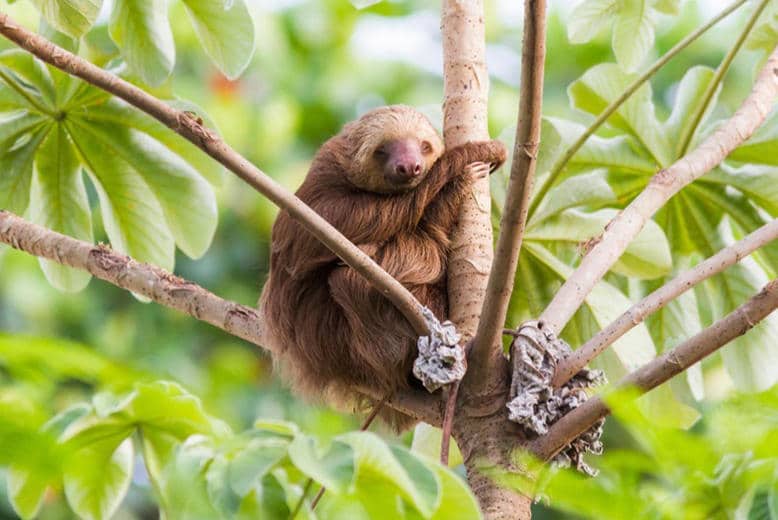
Central American mammals are some of the most interesting animals on the planet. Considering how thick the tropical forest can be, it is quite surprising how many mammals one gets to see while hiking in the jungle. Coatis, several species of monkeys, sloths, tamanduas, armadillos… all can be seen relatively easily on a trip to the Neotropics. Even though we specialize in birding trips, everyone, even the most hardcore birder, enjoys seeing mammals in the wild. On many occasions, an encounter with a sloth or a troop of monkeys is the highlight of the day. Thankfully, seeing mammals in Central America can be relatively easy.
Mammal watching in Panama
There are 378 species of Central American mammals – about 21% of the number of species you can see in South America, but in less than 5% of the area. It is indeed an enormously biodiverse region. This high diversity is partly because of the Great American Interchange, a massive biogeographical event that took place when the volcanic Isthmus of Panama rose up from the sea floor and united North and South America. This resulted in the migration of mammals from both sides, causing the extinction of many species, and the colonization of new areas for others.
Everyone loves sloths!
When visitors come to Panama, one of the most sought-after mammals are sloths. The Hoffman’s Two-toed Sloth is one of Panama’s slowest-moving mammals. They spend most of their time in trees and are slightly larger than the other common sloth found in Panama, the Brown-throated Three-toed Sloth.
On our tours we take note, not only of birds, but also all mammals and reptiles seen, which we believe leads to a better understanding of the ecosystems we are visiting and increases the learning value of the whole experience. And you? Are you interested in mammals as well as birds? Would you participate in a trip that focuses in this class of animals? Let us know!

